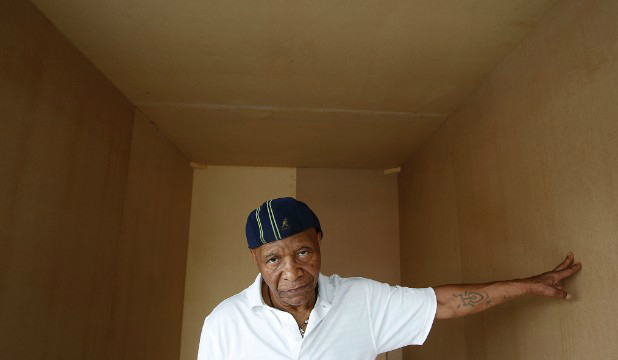
Lower-back problems are the number two reason people visit a doctor, second only to the common cold and flu. If you’re prone to pain, you may already be treating it with OTC medications or trying to prevent it by strengthening your core and back. Consider these pill-free treatments another weapon in your arsenal.
Yoga
People who took a weekly 75-minute class for 12 weeks found that they had diminished lower-back pain symptoms and less need for pain meds than those who didn’t, according to a 2011 study in Archives of Internal Medicine. Can’t stomach downward dog? Researchers found similar results among those who took a 50-minute weekly intensive stretching class instead.
Osteopathic Manual Therapy (OMT)
Six sessions of OMT—during which a doctor of osteopathy stretches and uses gentle pressure on muscles and joints—led to substantial improvement in about half of people with lower-back pain after 12 weeks, according to a University of North Texas Health Sciences Center study published last March. Nearly two-thirds reported moderate improvement.
Comfrey Root
Using an ointment that contains this plant-based extract reduced lower-back pain by 95%, according to a 2009 study conducted by Merck and published in the British Journal of Sports Medicine. Look for comfrey-root ointment in health food stores or online. Just don’t use it for more than 10 days at a time—it can be toxic.
Acupuncture
It may relieve lower-back pain more effectively than meds or physical therapy, according to a 2009 study done at Group Health Cooperative for Health Studies in Seattle and Northern California Kaiser Permanente in Oakland.
Massage
A third of people who got one weekly for 10 weeks reported significant relief from their lower-back pain, compared with 4% who didn’t go for rubdowns, according to a 2011 study in The Annals of Internal Medicine.
Source: health news






 A new survey has found that men are more healthier as well as happier about their appearance than women who are more concerned about their looks, making them less happy.
A new survey has found that men are more healthier as well as happier about their appearance than women who are more concerned about their looks, making them less happy.


 A major study has found that giving patients medications to lower their blood pressure during the first 48 hours after a stroke does not reduce the likelihood of death or major disability.
A major study has found that giving patients medications to lower their blood pressure during the first 48 hours after a stroke does not reduce the likelihood of death or major disability.